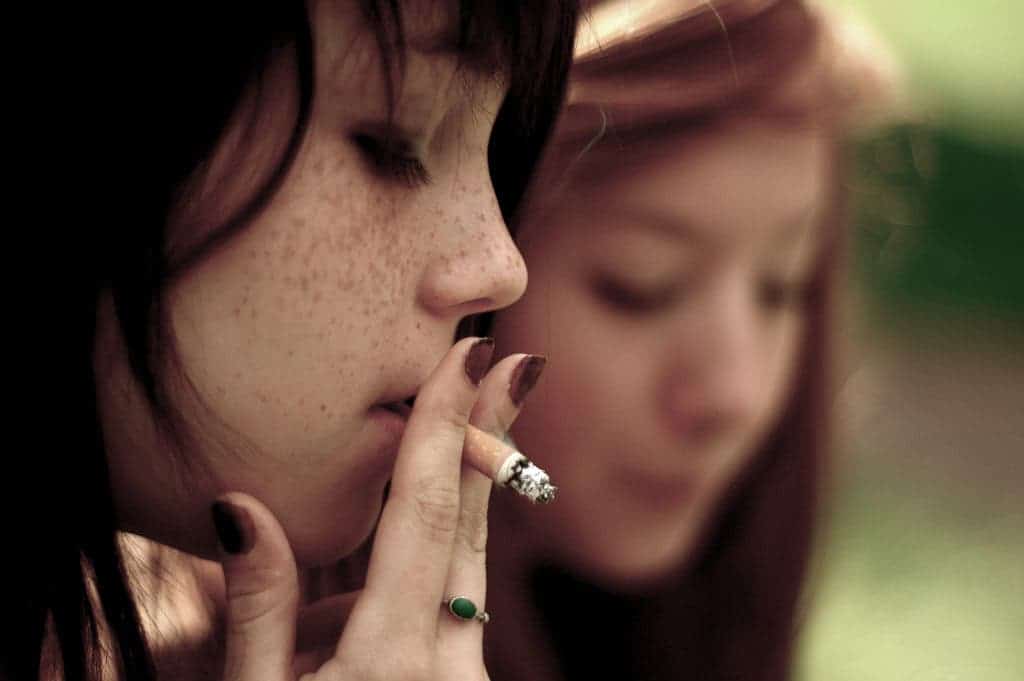Teenagers’ use of hard drugs, alcohol and tobacco in the US has gone down significantly in recent years, reaching the lowest level since the 1990s. However, marijuana consumption remains high.
The results derive from the annual Monitoring the Future study, which has now reached its 42nd year. They surveyed 45,000 students in some 380 public and private secondary schools, in grade 8, 10, and 12. What they found is a strong decline trend from last year, especially in 8th and 10th grade teens. It’s the lowest rate since 1991. In fact, the overall percentage of teens using any of the illicit drugs other than marijuana has been in a gradual, long-term decline since the last half of the 1990s, when their peak rates reached 13 percent, 18 percent and 21 percent, respectively for the three grades.
“That’s still a lot of young people using these dangerous drugs without medical supervision, but the trending is in the right direction,” said Lloyd Johnston, the study’s principal investigator. “Fewer are risking overdosing as teenagers, and hopefully more will remain abstainers as they pass into their twenties, thereby reducing the number who become casualties in those high-risk years.”
Perhaps the biggest surprise was the decline of alcohol consumption. Binge drinking has fallen by half or more at each grade level since peak rates were reached at the end of the 1990s.
“Since 2005, 12th-graders have also been asked about what we call ‘extreme binge drinking,’ defined as having 10 or more drinks in a row or even 15 or more, on at least one occasion in the prior two weeks,” Johnston said. “Fortunately, the prevalence of this particularly dangerous behavior has been declining as well.”
The study also showed encouraging, declining trends when it comes to hard drugs. The MDMA “epidemic” of the early 2000s seems to have faded, as MDMA’s annual prevalence now stands at about 1 percent, 2 percent and 3 percent in grades 8, 10 and 12, respectively.
“The use of MDMA has generally been declining among teens since about 2010 or 2011, and it continued to decrease significantly in 2016 in all three grades even with the inclusion of Molly in the question in more recent years,” Johnston said.
Heroin had similar trends, falling down from 1.6 percent in 1996 to 0.3 percent in 2016 among 8th graders. Among 12th-graders, the decline was from 1.5 percent in 2000 to 0.3 percent in 2016.
“So, among secondary school students, at least, there is no evidence of heroin coming to substitute for prescription narcotic drugs — a dynamic that apparently has occurred in other populations,” Johnston said. “Certainly there will be individual cases where that happens, but overall the use of heroin and prescription narcotics both have declined appreciably and largely in parallel among secondary school students.”
The use of narcotic drugs has remained somewhat stable, but the report highlights that 40% of users got the drugs “from a prescription I had.”
“That suggests that physicians and dentists may want to consider reducing the number of doses they routinely prescribe when giving these drugs to their patients, and in particular to teenagers,” Johnston said.
However, when it comes to marijuana, things are a bit different. While 8th graders are smoking a less than in past years, 9.4% of them consume it. For other teenagers, the figure has basically remained unchanged in the past decade, indicating that getting high is as popular as ever.
Source: University of Michigan.










